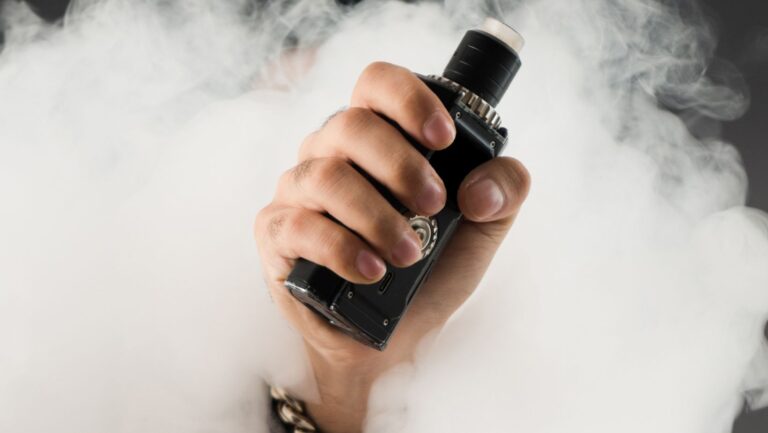Have you ever walked into a store and felt like you were stepping into a different world? Maybe it was the carefully curated ambiance, the personalized interactions with the staff, or the immersive activities they had planned.
This is the power of experiential marketing, a strategic approach that goes beyond traditional advertising to create meaningful connections between brands and consumers.
In this discussion, we will explore the art of experiential marketing, uncovering the techniques that allow brands to captivate their audience, the role of technology in enhancing these experiences, and how success can be measured in this dynamic field.
Prepare to be amazed as we dive into the world of experiential marketing and discover the secrets behind its effectiveness.
The Power of Immersion
Immerse yourself in a world of unforgettable experiences and unlock the true potential of experiential marketing. Step into a realm where sensory overload and emotional connections merge to create an immersive brand experience that leaves a lasting impact. Experiential marketing goes beyond traditional advertising, offering a unique opportunity to engage with consumers on a deeper level.
Picture this: you walk into a store and are immediately greeted by a burst of vibrant colors, enticing aromas, and captivating sounds. Your senses are overwhelmed, but in the best way possible. This sensory overload is carefully designed to captivate your attention and draw you into the brand’s story. By enveloping you in an immersive experience, brands can forge emotional connections that traditional marketing methods simply can’t achieve.
The power of immersion lies in its ability to transport you into another world, where you become an active participant rather than a passive observer. It allows you to fully engage with a brand’s values, products, and services, creating a deep sense of connection and loyalty. Through interactive installations, virtual reality experiences, or even live events, brands can create moments that resonate with you on a personal and emotional level.
In today’s cluttered advertising landscape, experiential marketing is a strategic tool that cuts through the noise. By leveraging the power of immersion, brands can create unforgettable experiences that leave a lasting impression, fostering brand advocacy and driving long-term customer loyalty.
Creating Memorable Experiences
Step into the world of experiential marketing and discover the art of creating unforgettable moments that leave a lasting impression. In today’s competitive business landscape, it’s essential for brands to go beyond traditional advertising and connect with their customers on a deeper level. This is where creating memorable experiences comes into play.
Creating emotional connections is at the heart of experiential marketing. By designing experiences that resonate with your target audience, you can forge a strong bond with them. When customers feel a genuine connection with a brand, they’re more likely to become loyal advocates and ambassadors. These emotional connections are formed through immersive and interactive experiences that engage all the senses. By appealing to sight, sound, touch, taste, and even smell, you can create a multi-sensory experience that leaves a lasting impression.

Enhancing customer loyalty is another crucial aspect of creating memorable experiences. When customers have a positive experience with a brand, they’re more likely to remain loyal and continue to support the business. By engaging customers in unique and memorable ways, you can cultivate a sense of loyalty that goes beyond mere satisfaction. By consistently delivering exceptional experiences, you can build a loyal customer base that not only continues to support your brand but also becomes advocates for your products or services.
Leveraging Technology for Engagement
To truly captivate and engage your audience, harness the power of technology in your experiential marketing campaigns. In today’s digital age, virtual reality and interactive displays have become invaluable tools for creating immersive brand experiences. By incorporating these cutting-edge technologies into your marketing strategy, including AI Tools for Marketing, you can take your audience on a journey that transcends traditional advertising methods.
Virtual reality (VR) allows you to transport your audience into a completely different world. With VR headsets, users can explore virtual spaces, interact with products, and experience your brand in a way that feels incredibly real. Whether it’s a virtual tour of your store or a simulated adventure showcasing the benefits of your product, VR offers endless possibilities for engaging your audience.

Interactive displays are another powerful tool for experiential marketing. By creating touchscreens, motion sensors, and other interactive features, you can encourage active participation from your audience. Whether it’s a game, a quiz, or a customizable experience, interactive displays allow your audience to become an integral part of your brand story.
Measuring Success in Experiential Marketing
Now that you have captivated your audience through the power of technology in your experiential marketing campaigns, it’s time to measure the success of these immersive brand experiences. After all, understanding the impact and effectiveness of your efforts is crucial for strategic decision-making and maximizing return on investment (ROI).
One of the key ways to measure success in experiential marketing is through ROI measurement. By quantifying the financial gains generated from your campaigns, you can assess their profitability and cost-effectiveness. This involves calculating the revenue generated from the campaign and comparing it to the costs incurred, including production, promotion, and logistics. By analyzing the ROI, you can determine the effectiveness of your experiential marketing efforts and make informed decisions about future investments.
In addition to ROI measurement, customer feedback is another vital metric for evaluating the success of experiential marketing campaigns. Engaging your target audience and capturing their thoughts, emotions, and perceptions about the brand experience can provide valuable insights. This feedback can be collected through surveys, interviews, focus groups, or social media listening. By understanding the impact of your campaign on customer satisfaction, brand perception, and purchase intent, you can make necessary adjustments and improvements to enhance future experiences.




